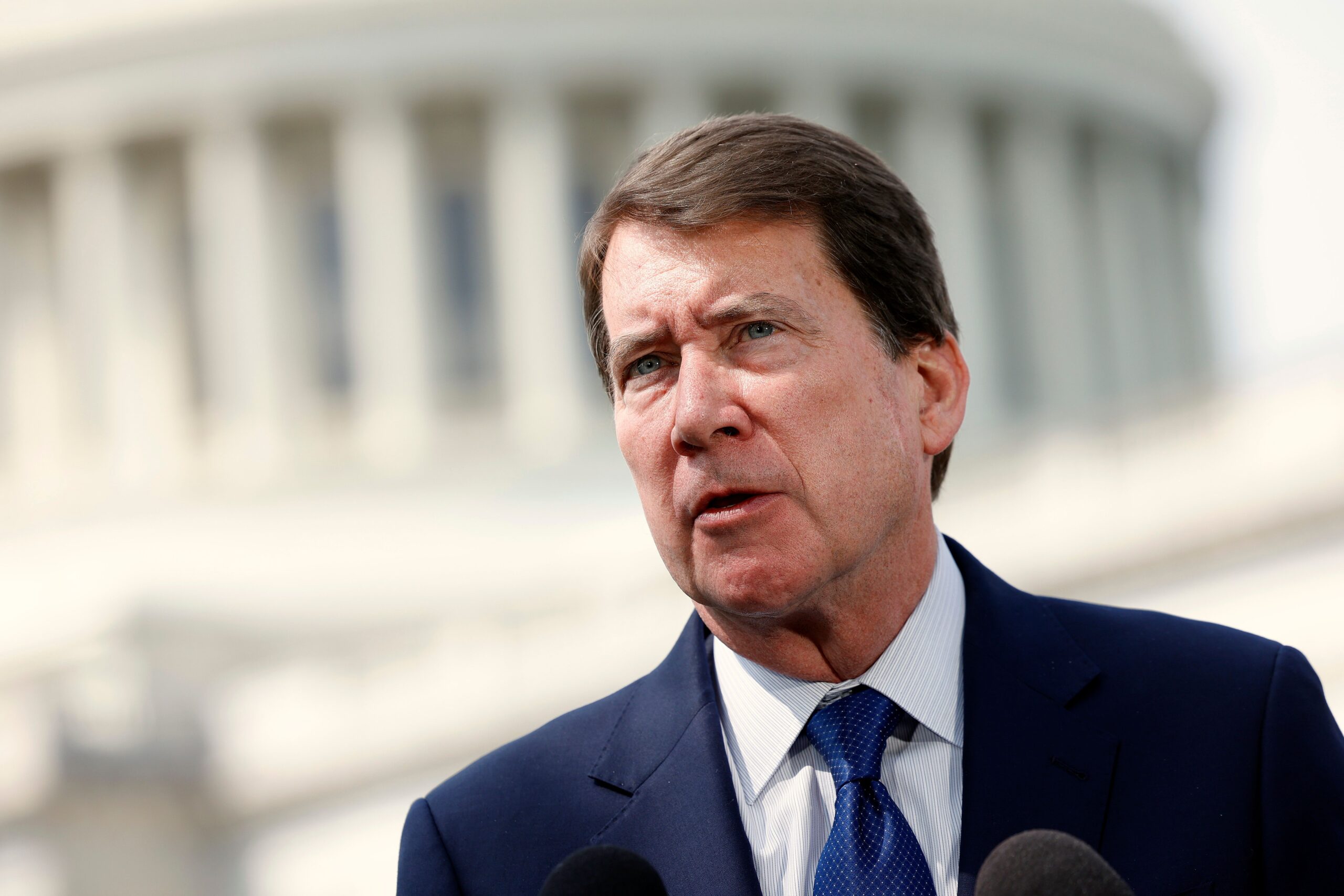Uncategorized
U.S. Senate’s Effort on Stablecoins Revealed in New Bill from Hagerty

The opening shot is being been fired in the new Congress’ crypto push with a plan for a Tuesday introduction of a stablecoin oversight bill from Senator Bill Hagerty. The legislation would set up a U.S. regulatory framework for issuing the dollar-denominated tokens, according to a person familiar with the effort.
The Tennessee Republican, who had shepherded a stablecoin effort in the previous session, is now pushing a bill with the backing of the Senate Banking Committee’s new chairman, Tim Scott, and the head of its digital assets subcommittee, Cynthia Lummis. That’s a big difference from the 2024 effort that couldn’t break through the crypto roadblock maintained by previous committee chief Sherrod Brown, the Ohio Democrat who was defeated in November’s elections.
Hagerty’s bill, which he’s calling the Guiding and Establishing National Innovation in U.S. Stablecoins (GENIUS) Act, would define payment stablecoins and set up the procedures for issuing them, including establishing the Federal Reserve as watchdog for the big bank issuers and the Office of the Comptroller of the Currency as regulator for nonbank issuers of more than $10 billion, the person said. The legislation additionally outlines the reserves issuers would have to maintain.
State regulators would be in place for the smaller issuers, and for larger firms who can seek waivers.
The distinction between federal and state regulators had been the main sticking point when Democrats and Republicans sought to work out a compromise bill on stablecoins in the previous Congress, and any new version will still have to thread a bipartisan needle. It’s unclear whether Hagerty’s plan, of which Senator Lummis said she’d be working «to get this bill to the president’s desk,» will draw Democrat support with its lighter regulatory approach.
The House of Representatives had approved a stablecoin oversight bill in the previous session, but it met resistance in getting a matching Senate version, which had been sought by Hagerty. He’s set to introduce the new legislation today, according to news first reported by Bloomberg News and confirmed by Hagerty in a posting on social media site X.
Stablecoins are designed as steady cryptocurrency tokens whose price is linked to other assets, usually the dollar. The global stablecoin leader is Tether (USDT), and its U.S. rival is issuer Circle (USDC).
Later on Tuesday, President Donald Trump’s crypto czar, David Sacks, is set to lead a press conference with congressional leaders to outline their crypto strategy. This stablecoin effort is expected to be raised at that event.
Uncategorized
Elon Musk vs. the regulators
Welcome back to TechCrunch Mobility, your hub for all things “future of transportation.”
Uncategorized
Nvidia’s AI empire: A look at its top startup investments
Over the last two years, Nvidia has used its ballooning fortunes to invest in over 100 AI startups. Here are the giant semiconductor’s largest investments.
Uncategorized
Dating app Cerca will show how Gen Z really dates at TechCrunch Disrupt 2025
Cerca is a dating app that sets users up with mutual friends.
-

 Business12 месяцев ago
Business12 месяцев ago3 Ways to make your business presentation more relatable
-

 Fashion12 месяцев ago
Fashion12 месяцев agoAccording to Dior Couture, this taboo fashion accessory is back
-

 Entertainment12 месяцев ago
Entertainment12 месяцев ago10 Artists who retired from music and made a comeback
-

 Entertainment12 месяцев ago
Entertainment12 месяцев ago\’Better Call Saul\’ has been renewed for a fourth season
-

 Entertainment12 месяцев ago
Entertainment12 месяцев agoNew Season 8 Walking Dead trailer flashes forward in time
-

 Business12 месяцев ago
Business12 месяцев ago15 Habits that could be hurting your business relationships
-

 Entertainment12 месяцев ago
Entertainment12 месяцев agoMeet Superman\’s grandfather in new trailer for Krypton
-

 Uncategorized4 месяца ago
Uncategorized4 месяца agoRobinhood Launches Micro Bitcoin, Solana and XRP Futures Contracts


